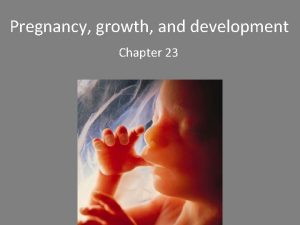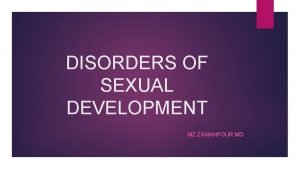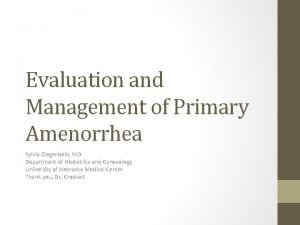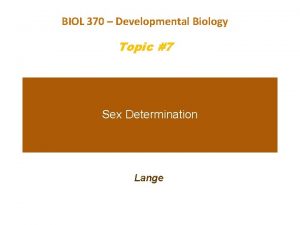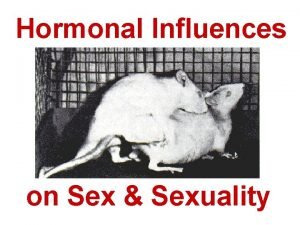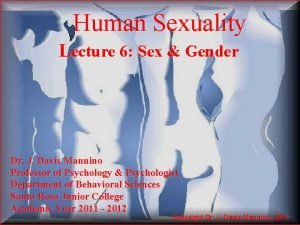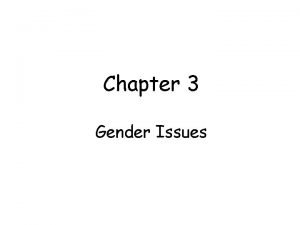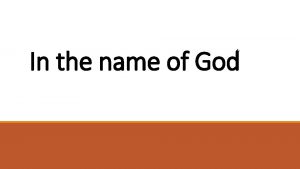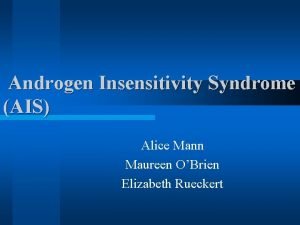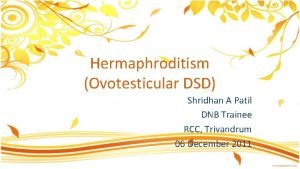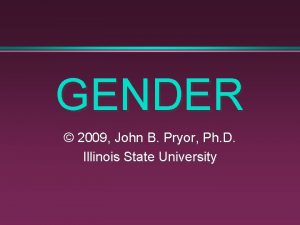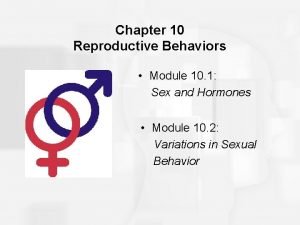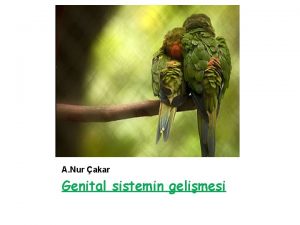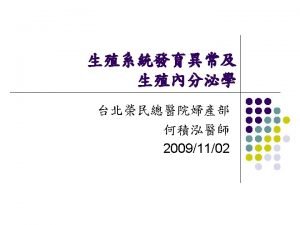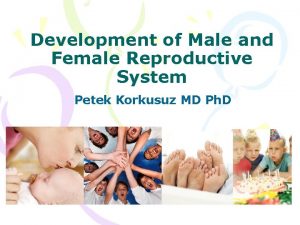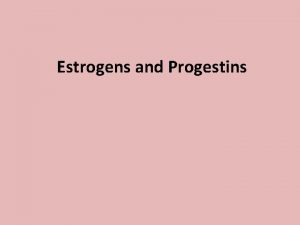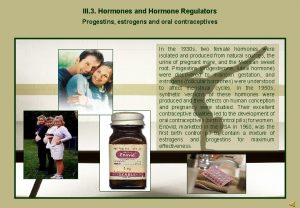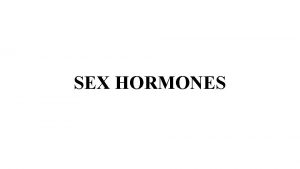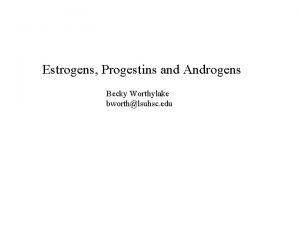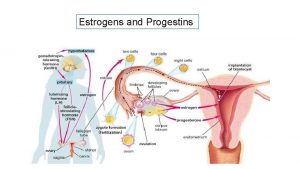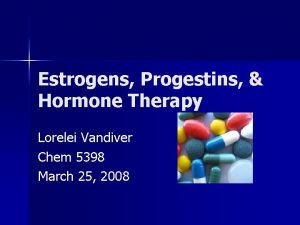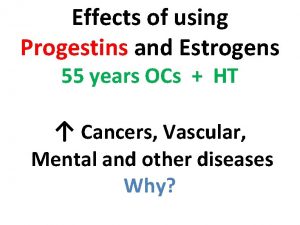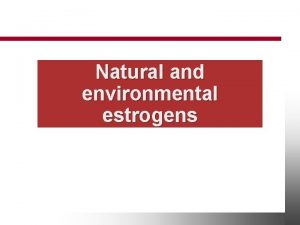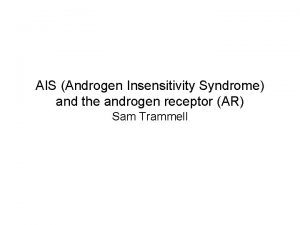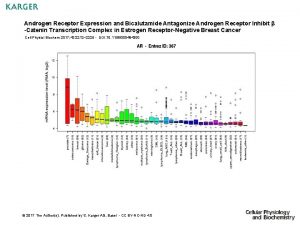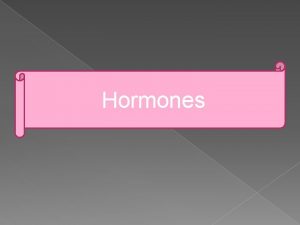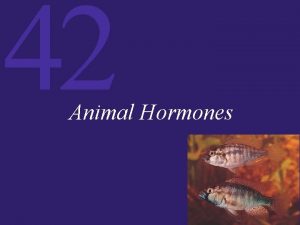Hormones 1 Estrogens 2 Androgen 3 Progestins 4















- Slides: 15

Hormones 1. Estrogens. 2. Androgen. 3. Progestins. 4. Glucocorticoids 5. Mineralocorticoids


Thus, some neoplasms are: 1. Hormone dependent and responsive to hormone-based therapy. 2. Hormone independent and unresponsive. Hormonal effect in breast cancer: -


Estrogen inhibitor - Tamoxifen citrate • a. Tamoxifen is a nonsteroidal agent. b. It has potent antiestrogenic properties. c. Exert its antitumor effects by binding to estrogen receptors. This binding causes a conformational change that decreases DNA transcription. d. It is cell cycle specific for the mid-G 2 phase. Uses: - Tamoxifen is useful in the palliative treatment of advanced breast cancer in women.

Preparation : -

- Aromatase inhibitor

Nonsteroidal aromatase inhibitors (Triazole derivatives) • Examples

steroidal aromatase inhibitors they are all derivatives of • androstenedione that act as a false substrate and binding irreversibly to the active site of this enzyme. Exemestane Uses: - used for treatment of post –menopausal women with hormone dependent breast cancer.

Androgens are active against metastatic breast cancer in postmenopausal women. a. Testosterone propionate is the androgen most frequently used against breast cancer. b. 2α-methyltestosterone. c. Fluoxymesterone. d. 19 -nor-17α-methyltestosterone. e. Testolactone is preferred in some cases because it has no androgenic side effects.

Prostate cancer • Synthetic estrogen Diethylstilbestrol is the compound most widely used for advanced prostate cancer

Androgen antagonist • • Estramustine phosphate(steroidal agent)

The amide derivatives of trifluoromethyl aniline( • non steroidal) have been approved for use in combination therapy of prostate cancer. They are: • Flutamide. • Nilutamide. • bicalutamide. Flutamide

Preparation Uses: - These compounds bind to cytosolic androgen receptors and block the effects of testosterone and other androgen. S/E: - The most common side effects are gynecomastia and nipple pain.

Progesterone Glucocorticoids and adrenocorticotropic hormone(ACTH) Mitotane
 Secretes estrogens and progesterone
Secretes estrogens and progesterone Androgen insensitivity
Androgen insensitivity Androgen insensitivity syndrome
Androgen insensitivity syndrome Most common cause of primary amenorrhea
Most common cause of primary amenorrhea Androgen insensitivity syndrome
Androgen insensitivity syndrome Sex
Sex Testicular feminization syndrome
Testicular feminization syndrome Sex male and female
Sex male and female Complete androgen insensitivity syndrome
Complete androgen insensitivity syndrome Androgen insensitivity syndrome (ais
Androgen insensitivity syndrome (ais Androgen insensitivity syndrome
Androgen insensitivity syndrome Androgen insensitivity syndrome
Androgen insensitivity syndrome Androgen insensitivity
Androgen insensitivity Paramezonefrik kanal kalıntısı
Paramezonefrik kanal kalıntısı 46 xx male
46 xx male Feminization
Feminization
